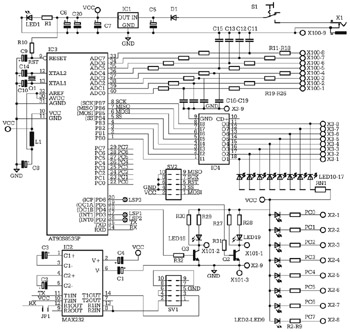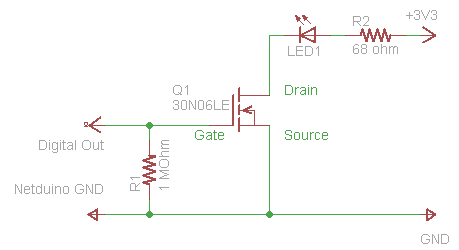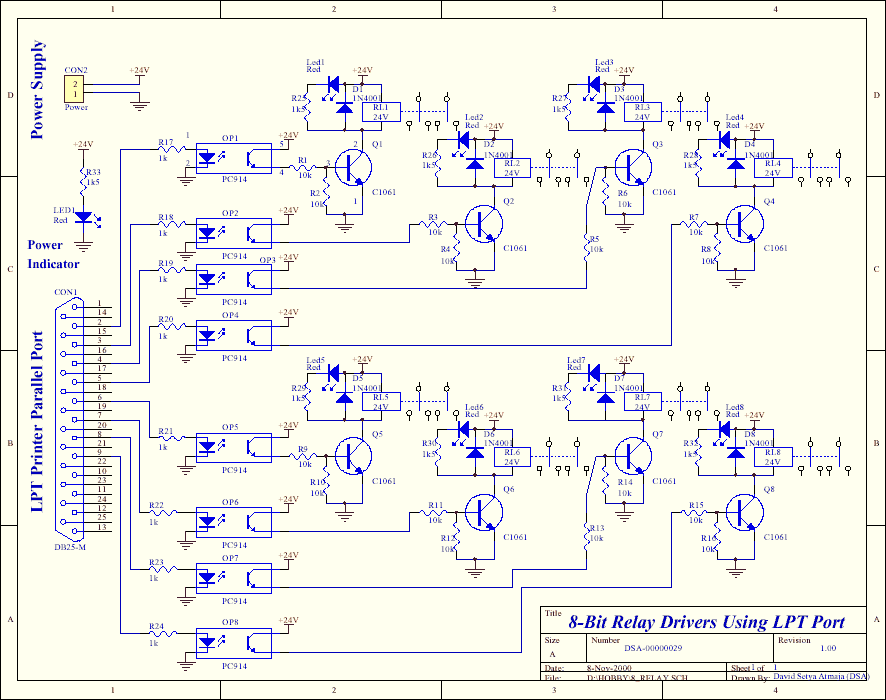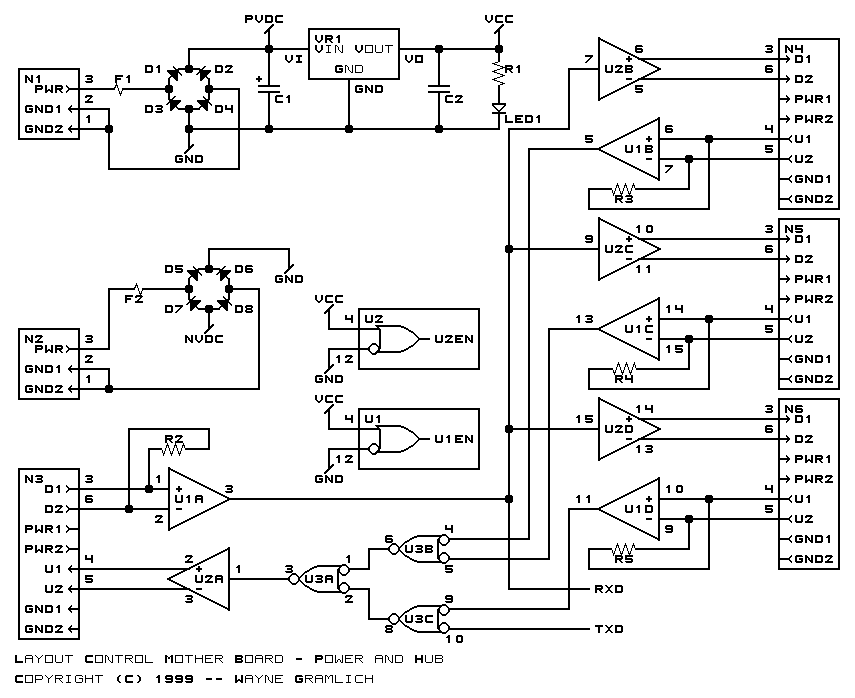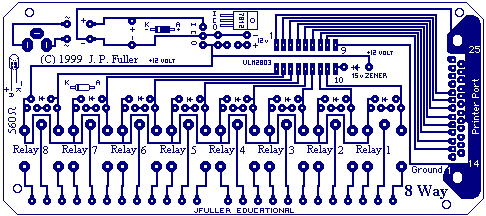
Tripath Board tc2000+tp2050
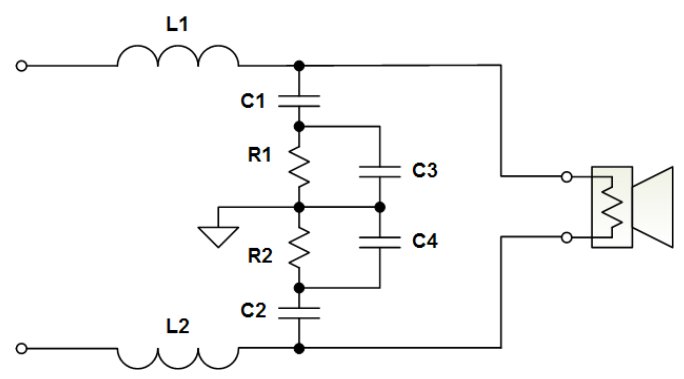
Originally posted by Neil Davis, it is not a simulation. It is a real measurement from a circuit that has a topology similar to that of the Tripath datasheet.
The circuit in question pertains to audio amplification, utilizing a topology that aligns with the specifications outlined in the Tripath datasheet. This suggests that the measurement reflects actual performance metrics of an operational amplifier or a class-D amplifier, which are common in high-efficiency audio applications.
The circuit likely consists of key components such as input capacitors, feedback resistors, and output transistors, structured to minimize distortion and optimize power efficiency. The topology may include a differential input stage, which is crucial for rejecting noise and enhancing signal integrity. Additionally, the use of a PWM (Pulse Width Modulation) technique may be present, allowing for efficient power conversion and amplification.
In terms of measurement, parameters such as gain, frequency response, total harmonic distortion (THD), and signal-to-noise ratio (SNR) would be critical to evaluate the performance of the circuit. The real measurement indicates that the data reflects practical performance, which can differ from simulated results due to real-world factors such as component tolerances, thermal effects, and layout considerations.
The implications of using a topology similar to that of the Tripath datasheet suggest a focus on high fidelity and low power consumption, making it suitable for portable audio devices and high-quality audio systems. Understanding the nuances of this circuit design can lead to improved performance in various audio applications.Originally Posted by Neil Davis It`s not a sim. It`s a real measurement from a circuit that has basically the same topology as the Tripath data sheet. .. 🔗 External reference
The circuit in question pertains to audio amplification, utilizing a topology that aligns with the specifications outlined in the Tripath datasheet. This suggests that the measurement reflects actual performance metrics of an operational amplifier or a class-D amplifier, which are common in high-efficiency audio applications.
The circuit likely consists of key components such as input capacitors, feedback resistors, and output transistors, structured to minimize distortion and optimize power efficiency. The topology may include a differential input stage, which is crucial for rejecting noise and enhancing signal integrity. Additionally, the use of a PWM (Pulse Width Modulation) technique may be present, allowing for efficient power conversion and amplification.
In terms of measurement, parameters such as gain, frequency response, total harmonic distortion (THD), and signal-to-noise ratio (SNR) would be critical to evaluate the performance of the circuit. The real measurement indicates that the data reflects practical performance, which can differ from simulated results due to real-world factors such as component tolerances, thermal effects, and layout considerations.
The implications of using a topology similar to that of the Tripath datasheet suggest a focus on high fidelity and low power consumption, making it suitable for portable audio devices and high-quality audio systems. Understanding the nuances of this circuit design can lead to improved performance in various audio applications.Originally Posted by Neil Davis It`s not a sim. It`s a real measurement from a circuit that has basically the same topology as the Tripath data sheet. .. 🔗 External reference
Warning: include(partials/cookie-banner.php): Failed to open stream: Permission denied in /var/www/html/nextgr/view-circuit.php on line 713
Warning: include(): Failed opening 'partials/cookie-banner.php' for inclusion (include_path='.:/usr/share/php') in /var/www/html/nextgr/view-circuit.php on line 713
